Near a Thousand Tables
A History of Food
FELIPE FERNNDEZ-ARMESTO
FREE PRESS
NEW YORK LONDON TORONTO SYDNEY
PRAISE FOR NEAR A THOUSAND TABLES
An appetizingly provocative book Who cannot appreciate [a] superb description of the proper way to eat an oyster?
Los Angeles Times
This survey of gastronomic lore cant be beat.
Publishers Weekly
Near a Thousand Tables belongs to that excellent genre, the brief history. [A] short, lively rundown on the subject. Bright, run, and naughty.
The New Yorker
Whether you are content with bread or your taste instead runs to snails or human flesh, you will take away from this book a new appreciation of your favorite menu.
Jared M. Diamond, author of the Pulitzer Prize-winning Guns, Germs, and Steel
With gusto and analytical savvy, [Fernndez-Armesto] traces the long and complex evolution of food since the Middle Ages. After reading this book, youll never think of eating the same again. Highly recommended!
Douglas Brinkley, director, Eisenhower Center for American Studies
As interesting to the hungry man in the street as it is to the austere academic.
The Wall Street Journal (Europe)
A sparkling ramble through history which scatters countless pointers to new research along the way. It is intellectual history, but not in the least arid: His opinions are strong, but supremely palatable.
Financial Times (London)

FREE PRESS
A Division of Simon & Schuster, Inc.
1230 Avenue of the Americas
New York, NY 10020
www.SimonandSchuster.com
Copyright 2002 by Felipe Fernndez-Armesto
All rights reserved, including the right of reproduction in whole or in part in any form.
First Free Press trade paperback edition 2004
FREE PRESS and colophon are registered trademarks of Simon & Schuster Inc.
For information about special discounts for bulk purchases, please contact Simon & Schuster Special Sales: 1-800-456-6798 or business@simonandschuster.com
DESIGNED BY KEVIN HANEK
SET IN ADOBE JENSON
Manufactured in the United States of America
3 5 7 9 10 8 6 4
Library of Congress Cataloging-in-Publication Data
Fernndez-Armesto, Felipe
Near a thousand tables: a history of food / Felipe Fernndez-Armesto.
p. cm.
Includes bibliographical references and index.
1. FoodHistory. I. Title.
TX353.F437 2002
641.3009dc21 2002023318
ISBN-13: 978-0-7432-2740-7 (Pbk)
ISBN-10: 0-7432-2740-9 (Pbk)
eISBN-13: 978-0-743-23415-3
Contents

 ONE
ONE
The Invention of Cooking
The First Revolution
 TWO
TWO
The Meaning of Eating
Food as Rite and Magic
 THREE
THREE
Breeding to Eat
The Herding Revolution: From Collecting Food to Producing It
 FOUR
FOUR
The Edible Earth
Managing Plant Life for Food
 FIVE
FIVE
Food and Rank
Inequality and the Rise of Haute Cuisine
 SIX
SIX
The Edible Horizon
Food and the Long-Range Exchange of Culture
 SEVEN
SEVEN
Challenging Evolution
Food and Ecological Exchange
 EIGHT
EIGHT
Feeding the Giants
Food and Industrialization in the Nineteenth and Twentieth Centuries
Il faut vivre pour manger et ne pas manger pour vivre.
MOLIRE, LE MALADE IMAGINAIRE
What shall I tell you, my lady, of the secrets of nature I have learned while cooking? One can philosophize quite well while preparing supper. Ioften say, when I have these little thoughts, Had Aristotle cooked, he would have written a great deal more.
JUANA INS DE LA CRUZ, EPSTOLA A FILOTEA
And oft I thought (my fancy was so strong) That I, at last, a resting-place had found;
Here will I dwell, said I, my whole life long, Roaming the illimitable waters round; Here will I live, of all but heaven disowned, And end my days upon the peaceful flood.
To break my dream the vessel reached its bound; And homeless near a thousand homes I stood, And near a thousand tables pined and wanted food.
WILLIAM WORDSWORTH, GUILT & SORROW, OR INCIDENTS ON SALISBURY PLAIN
Preface
The great press baron Lord Northcliffe used to tell his journalists that four subjects could be relied on for abiding public interest: crime, love, money and food. Only the last of these is fundamental and universal. Crime is a minority interest, even in the worst-regulated societies. It is possible to imagine an economy without money and reproduction without love but not life without food. Food, moreover, has a good claim to be considered the worlds most important subject. It is what matters most to most people for most of the time.
Yet food history remains relatively underappreciated. Most academic institutions still . Many of the best contributions to its study are made by amateurs and antiquarians. There is no consensus about how to approach it. For some people, it is all about nutrition and malnutrition, sustenance and sickness; for others, less anxious to avoid condemnation for frivolity, it is essentially about cuisine. Economic historians see food as a commodity to be produced and traded. When it gets to the stage of being eaten, they lose interest. For social historians, diet is an index of differentiation and changing class relations. Cultural historians are increasingly interested in how food nourishes societies as well as individual bodieshow it feeds identities, defines groups. In political history, food is the stuff of tributary relationships and its distribution and management are at the heart of power. The small but gallant and growing band of environmental historians sees food as linkage in the chain of being: the substance of the ecosystems which human beings strive to dominate. Our most intimate contact with the natural environment occurs when we eat it. Food is a subject of pleasure and peril.


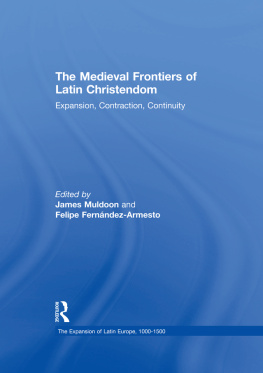
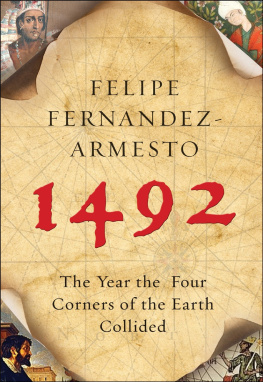


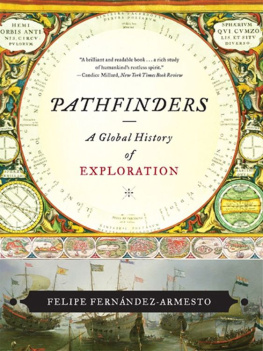
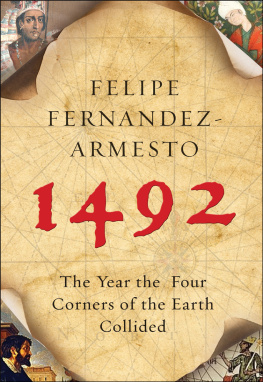
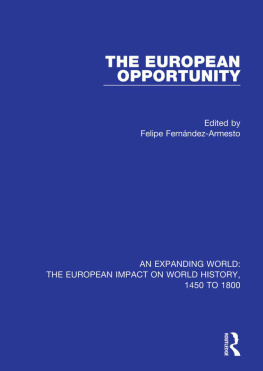
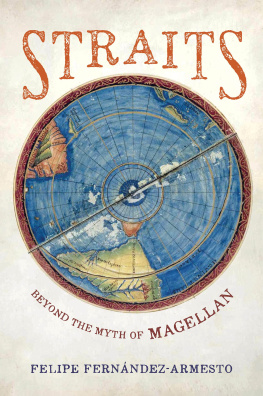
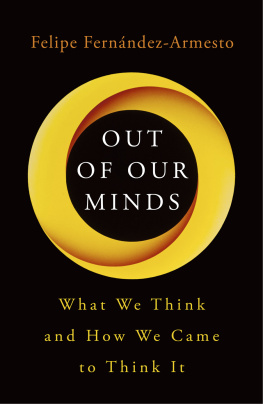
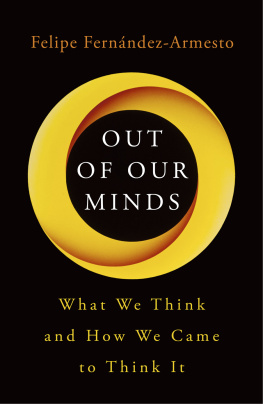
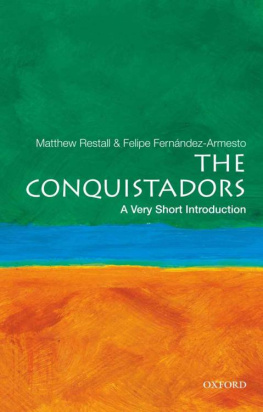


 ONE
ONE